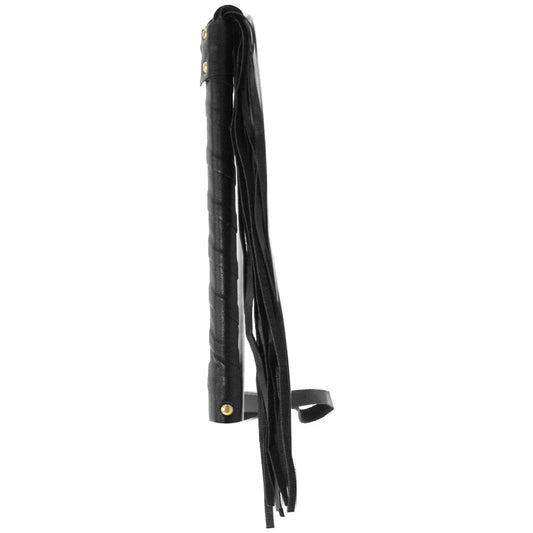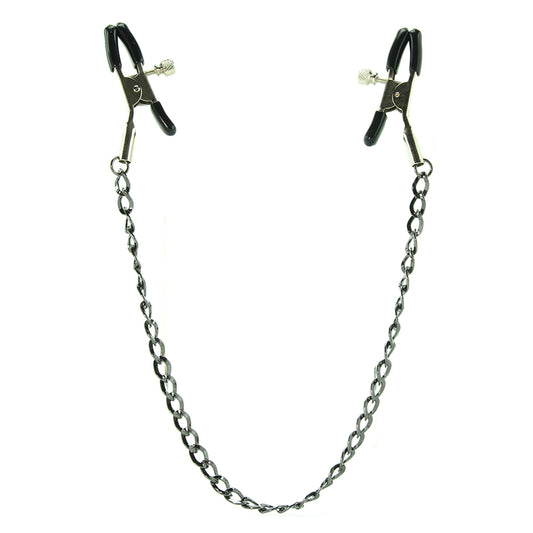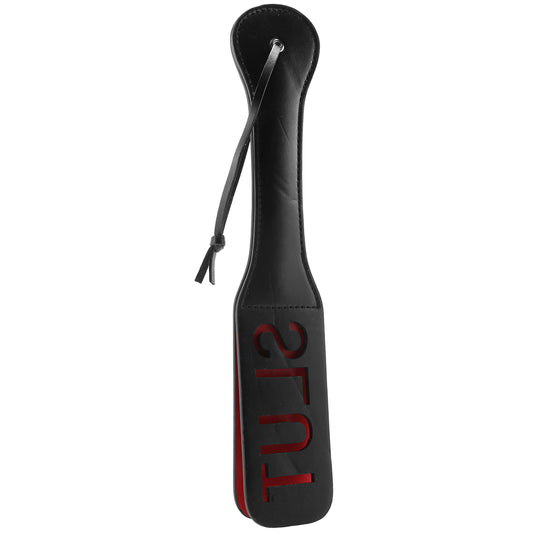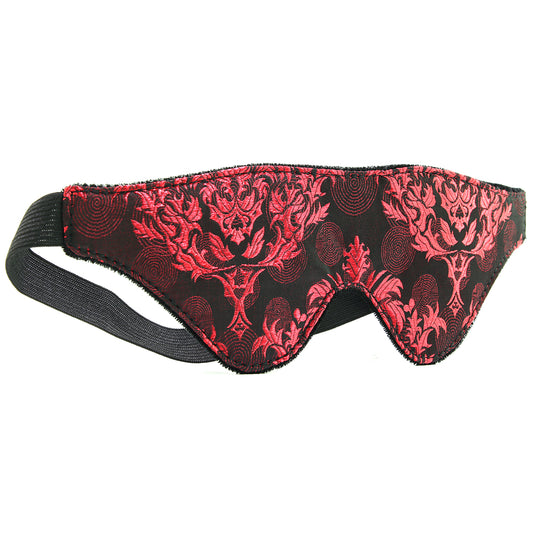
The last decade has seen some significant shifts in the ways society views BDSM and bondage play. What was once taboo and risque is now pretty darn close to mainstream. Now, with more people than ever exploring all the shades of grey, we are seeing more nuanced discussions of what a BDSM relationship is/can be/might look like. In short, there are a whole lot of ways to get kinky. Even for those who are well-versed in the basics, there’s always more to learn! Two people might call themselves dominants but have completely different expectations for what that might mean. Today, we are talking about that very thing! We are looking at dominants: what it means to be one, what different types of doms there are, and what you should know to engage in safe and satisfying BDSM play. Read on to find out more about the 5 types of dominants in BDSM.
What is BDSM?
Before we get too far along with this topic, we should make sure we are all on the same page! What is BDSM? This acronym is typically used to refer to sexual activities and behaviors that include pain, power exchange, or physical restraint. The letters BDSM actually stand for Bondage, Discipline (or Dominance), Sadism (or Submission), and Masochism. BDSM and “kink” are not interchangeable terms. Generally, BDSM activities are considered “kinky,” but not all kinky things are BDSM.
BDSM fact that might surprise you
Especially for those new to BDSM, some aspects of it can be surprising. Typically, this is because people come to the table with different preconceived notions (the dominant partner is totally in control, submission is inherently feminine, BDSM is abusive/unhealthy, BDSM is scary) that don’t always line up with reality. Luckily, since you’re reading this article, you will know the facts and be prepared to engage in BDSM play safely and healthily. Here are some surprising BDSM facts:
BDSM roles are not dictated by gender or sexual orientation
Some people fall into the trap of thinking that submission is “feminine” and no manly man would ever do it. Incorrect! Each role can be equally occupied by any person of any gender or orientation.
You aren’t going to do it “wrong”
Okay, you could do it wrong if you decided you did not care about consent or safety, but as long as you are aware of those things, you and your partners get to dictate what you enjoy. There’s not one “right” way to do BDSM. Some folks might try to tell you that you aren’t really a dom or a sub if you don’t do certain things or do things a certain way but as long as everyone is satisfied and safe, you can decide your own rules/ways BDSM will work for you.
RACK is a safety thing
Speaking of engaging safely and responsibly, let’s talk about RACK. It probably sounds like an implement you would tie someone to in a BDSM scene, but it’s actually an acronym that stands for Risk-Aware Consensual Kink. The best way to keep your BDSM play safe is to be aware of the risks of whatever activities you engage in. This allows you to take steps to lessen that risk and keep everyone safe. Additionally, we know consent is paramount, but if someone is not aware of the risks involved when they agree to try something, is their consent genuine? I certainly don’t think so. RACK helps make sure everyone knows exactly what they are getting into and can work together to try to keep it safe.
“Forced” doesn’t really mean “forced”
BDSM can involve a lot of things that might, to the casual observer, seem scary or humiliating but the important thing to keep in mind is that everything is pre-negotiated and consensual. So, for example, a “forced” orgasm scene where the dominant participant restrains the submissive one and brings them to orgasm against their will is actually something the submissive partner has agreed to.
It will probably involve a safe word that stops the activity if someone is uncomfortable or if something goes wrong. BDSM is not about actually forcing people to do things they legitimately don’t want. A dominant partner who doesn’t respect that or claims to not use safe words (these people are out there) is probably looking to control someone more than they are looking to engage in mutually satisfying BDSM play.
No one completely gives up their power
To build on that last point, it may look like a submissive is powerless and at the mercy of their dominant, but BDSM is an exchange of power, meaning that the submissive is agreeing to the power dynamics. That requires trust and respect that, on the dominant’s end, must be earned. In short, far from being powerless, all types of submissives actually have the power.
You should be having fun
Something that can trip people up when it comes to BDSM is taking the whole thing super-seriously. Yes, you want to be serious about boundaries, consent, and safety (as you would in any scenario) but don’t fall into the trap of thinking that doing BDSM “right” means being the most serious Dom in the history of domination. Practitioners refer to BDSM as “play” for a reason. Have fun!
BDSM roles
BDSM has a whole vocabulary to it, so let’s take a minute to define a couple of the basic terms!
Dominant
We’ll dig deeper on this in a minute but basically, a dominant is the person who is in control during a BDSM scene. You might think of the Dominant as “in charge,” but remember, BDSM play is collaborative, and each step requires consent.
Submissive
A submissive is one who surrenders to the control of their dominant. What it means to be submissive may vary from person to person and BDSM relationship to relationship. The main thing that submissives have in common is the ability to experience pleasure from whatever acts they and their dominant choose to engage in as well as the practice of pleasing their dominant.
Switch
A switch is someone who feels comfortable in either the dominant or submissive role so they can bounce between the roles.
For some folks, these roles exist in the bedroom only, while others engage in what is known as TPE- Total Power Exchange. In TPE, the dominant partner makes all decisions on behalf of the submissive partner. The submissive partner agrees to do what they are told without arguments and may be punished (in accordance with a pre-negotiated agreement) if they challenge the dominant in any way. TPE can be exercised exclusively during playtime in the context of BDSM “scenes,” but many use the term to refer to relationships in which the Total Power Exchange is more of a lifestyle choice. For example, a submissive partner dresses, cooks, cleans and behaves according to the dominant’s wishes.
What is a Dominant in BDSM?
Okay, now that we’re clear on some BDSM nuts and bolts, let’s dig into dominants. In BDSM, the Dominant is the partner who consensually controls (or dominates) a submissive partner. This pairing of dominant and submissive partners is often referred to as a D/s relationship. A dominant tend to run the scene and take charge of carrying out any activities safely and in a way that satisfies all involved. Additionally, a dominant will administer aftercare to their submissive once the scene is finished.
We touched a bit on this earlier, but something important to remember is that dominants are part of a consensual play scenario that is negotiated in advance. Being a dominant does not mean you call all the shots or that partners cannot say no to you. Occasionally, you will see folks bragging about how they are a “real” Dom/Domme, including details like how they don’t “believe in safewords” or other stuff that means they don’t intend to participate in a safe and equitable partnership. Avoid these people and definitely don’t behave like them. Dominant does not mean domineering, and a dominant partner should exert their control for their submissive’s benefit rather than just because they enjoy exerting power over someone.
5 types of Dominants in BDSM
There are a whole lot of ways to be a dominant partner, and today we are looking at four of them. If none of these dominant personality types sound quite like you, that’s okay. These are just some of the ways domination can play out.
Top
A counterpart to the submissive “bottom,” a top is on the more relaxed end of the dominant spectrum. A top may only take on the dominant/active role during a scene and is sometimes referred to as “bedroom dominants.” Additionally, there are Service Tops who may not actively be dominant but will choose to take an active role during BDSM scenes because they enjoy serving partners. A top might spank or bind their partner and provide aftercare.
Master/Mistress
These titles might be used by anyone engaging in a D/s relationship (remember, you decide what your BDSM looks like!) but are commonly employed as the counterpart to “Slave” in a Total Power Exchange-- the kind of 24/7 D/s relationship we talked about earlier. In this case, a Master or Mistress would hold control over many, if not all aspects of their Slaves life in a manner dictated by their contract. They might give their Slave permission to eat, speak, use the bathroom, etc and dole out discipline when their Slave misbehaves. It is important to note that in this type of BDSM relationship a Master or Mistress typically takes responsibility for their partner’s wellbeing.
Brat Tamer
To understand this dominant type, you need to know that a Brat is a different type of submissive who tends to be sassy and mischievous, possibly misbehaving intentionally to provoke their dominant partner into disciplining them. Brat tamers tend to find the rebellious behavior of a Brat amusing or endearing and are strong and patient enough to earn the Brat’s submission while remaining respectful enough to make the Brat feel secure and cared for.
Daddy or Mommy
Do you want to be dominant but also take very good care of someone? If so, being a Daddy or Mommy might be right for you. This form of dominance typically involves being nurturing and taking a sub’s well-being seriously. A Daddy or Mommy dominant might engage in scolding or spanking but also reassuring, protecting, and praising. These types of dominants pair well with Good Girl/Boy submissives.
Owner
Pet play is a popular BDSM activity where subs play as cats, dogs, horses, or really any other animal they want, and those pets need owners! Owners might put a collar on their pet, hand feed it, brush it, pet it, or whatever behavior feels appropriate for the specific pet. Bonus: Pet play gives dominants lots of fun opportunities to play with adult sex toys and accessories like collars, leashes, muzzles, bridles, crops, and more.
Are you ready to get dominant? Do you want to stock up on BDSM toys to tease your sub with? Or do you maybe want some sexy bondage clothing? Whatever you’ve got in mind, PinkCherry has you covered. They’ve got all the toys, accessories, impact gear, restraints, bondage kits, and more you need to take your BDSM to the next level!







